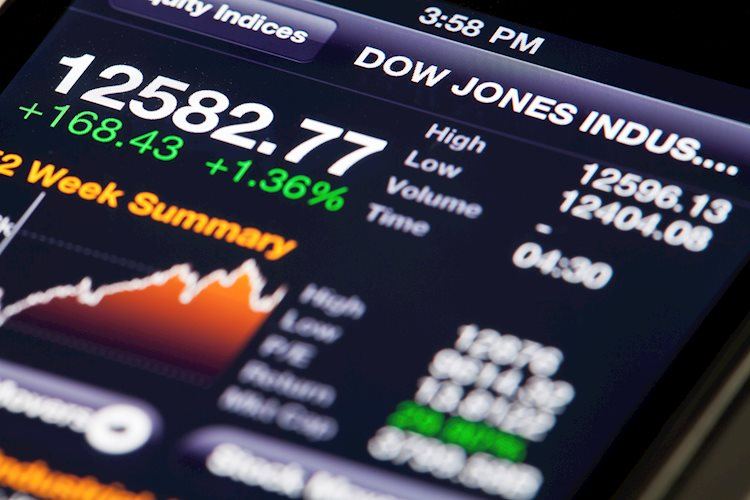The Dow Jones Industrial Average surged further into record territory despite limited momentum, driven by a strong start to the Q3 earnings season and positive US economic data. Most companies have surpassed market expectations in earnings, particularly in the banking and AI tech sectors. Tech stocks rebounded as chipmaker suppliers reported robust demand, dispelling concerns of a slowdown in the AI industry.
US housing and construction figures came in mixed but still maintained a bullish sentiment among investors, with fears of an economic downturn subsiding. The US economy appears to have avoided a near-term recession, with growth and activity metrics exceeding expectations. Retail Sales figures released earlier in the week also added to the positive outlook for the US economy.
While the Dow Jones saw modest gains on Friday, most of the index constituents were in the green, with Apple leading the way with a 1.5% increase in share price. However, American Express experienced a 3% decline after missing revenue expectations for Q3. Despite some downward pressure, overall market sentiment remains optimistic.
The Dow Jones has set multiple record highs this week, with intraday bids surpassing 43,300 for the first time ever. The index has climbed over 16.6% from its early 2024 lows and continues to show strength above the 200-day Exponential Moving Average (EMA). Although a downside pullback to the 50-day EMA around 42,000 is possible, bulls remain in control with short interest struggling.
The Dow Jones Industrial Average is composed of the 30 most traded stocks in the US and is price-weighted. Founded by Charles Dow, it has faced criticism for its limited representation compared to broader indices like the S&P 500. Factors influencing the DJIA include quarterly earnings reports of component companies, macroeconomic data, interest rates set by the Federal Reserve, and inflation rates among others.
Dow Theory, developed by Charles Dow, helps identify the primary trend of the stock market by comparing the direction of the DJIA and DJTA and using volume as a confirmatory criteria. This theory identifies three trend phases: accumulation, public participation, and distribution. Various trading methods include ETFs such as the SPDR Dow Jones Industrial Average ETF (DIA), futures contracts, options, and mutual funds to gain exposure to the Dow Jones Industrial Average.





















